Myths of contactless card payments - what to believe
What’s the truth about using contactless card payments for retailers? Let’s find out
Quick Links:
> Myths of contactless card payments - what to believe
> Myth 1 - Contactless card payments are too expensive
> Myth 2 - Cash payments are easier to process
> Myth 3 - Cash is making a comeback
> Myth 4 - Accepting contactless card payments limits what my customers can spend
> Myth 5 - Contactless card payments are less secure
> Myth 6 - My business is too small to accept contactless card payments

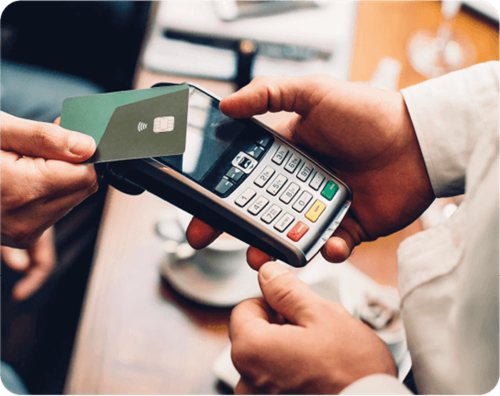
More than half of all payments in the UK last year were made by card, while the number of cash transactions by retailers fell 15%.
These figures were reported before the unexpected events of the last few months, with the COVID-19 pandemic further accelerating the use of card, contactless and mobile payments.
While the use of contactless cards and mobile wallets is increasing, with consumers readily expecting to be able to pay using contactless, some merchants remain reluctant to adapt.
Many have heard myths and rumours about contactless payments that make them hesitate.
In this blog, we tackle the most common rumours surrounding contactless card payments, from a business owner’s point of view. We’ll debunk the myths, giving you the peace of mind to adapt to contactless payments so that your business can thrive.
Myth 1 - Contactless card payments are too expensive
Reality
There are a lot of misleading claims around card payment fees. Some merchant service providers do add hidden charges to monthly statements, increasing costs unnecessarily.
But contactless payments are processed in the same way as standard Chip and PIN transactions. There is no extra fee per contactless payment, so you will be charged your standard credit or debit card rate.
If you already accept card payments you shouldn't have to pay extra for contactless transactions.
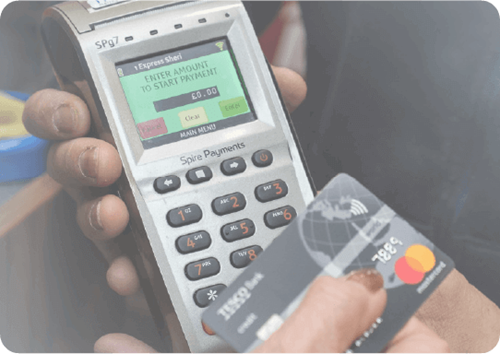
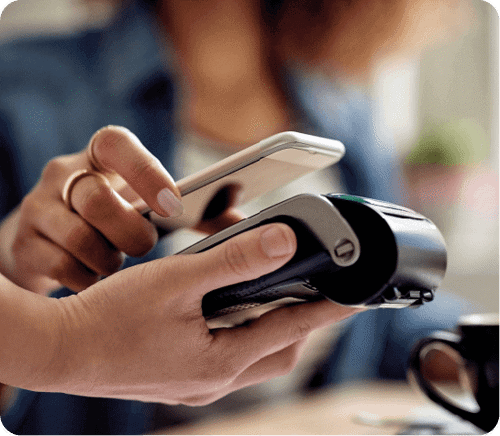
Myth 2 - Cash payments are easier to process
Reality
A common bugbear of many business owners is time spent managing cash.
Whether it’s cashing up at the end of the day, dealing with discrepancies in your takings or realising you’ve accepted a counterfeit note; cash can cause problems.
Plus, customers who use cash take longer to pay. Counting out notes and coins, waiting for correct change and a receipt seems to take forever when a queue is forming behind them.
In stark contrast, contactless card payments are a breeze.
As soon as a contactless payment is made, it is authorised by the customer’s bank. Once approved, the money will be in your business bank account in a few working days.
Plus, there’s an automatic audit trail created of all your payments, allowing you to get away from counting cash and be more productive with your time.
Myth 3 - Cash is making a comeback
Reality
Contactless card payments have been increasing in popularity for the last ten years. In 2019, card and contactless payments became the UK’s main payment method – overtaking cash for the first time.
With new advances in payment technology, such as mobile wallets like Apple Pay, consumers are finding more ways to avoid using cash.
COVID-19 has rapidly changed the way people want to pay. Businesses across the country were urged to encourage contactless payments for hygiene purposes.
Many retailers decided to go entirely cash free to maintain social distancing and payment hygiene. If that’s not enough to convince you that it’s worth your business going contactless, 45% of consumers in a recent survey said they are using contactless more often during the pandemic to stay safe - and are likely to continue doing so in the future.
Even though there will still be consumers who prefer to pay in cash; contactless payments are on the rise, and they’re here to stay.
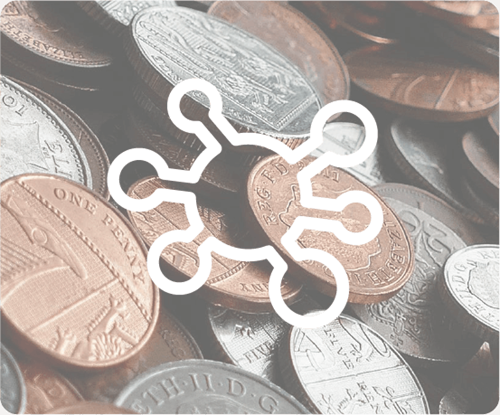
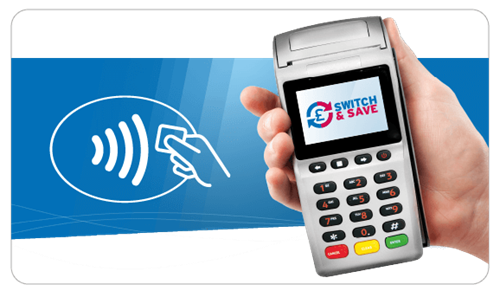
Myth 4 - Accepting contactless card payments limits what my customers can spend
Reality
In April 2020, the contactless limit was raised from £30 to £45, as a way to ease restrictions on the amount a customer could spend using contactless during COVID-19.
Shoppers took advantage of this, with £4.1 billion spent in UK stores via contactless transactions that same month.
With the average transaction value of credit and debit card payments sitting at £36.76 in the UK, more payments than ever will be able to be completed using a contactless card or device.
What’s more, research has shown that contactless card payments increase impulse purchases in stores. Many shoppers add last-minute items to their basket, safe in the knowledge that they’ll be able to pay quickly and simply.
Data from Mastercard found that businesses experienced a 30% increase in spending from customers in the 12 months after adopting contactless payments!
Myth 5 - Contactless card payments are less secure
Reality
When first launched, there were many fears around the safety of contactless payments. Business owners were worried that they might lose out if a fraudulent payment was made.
However, card terminals use high security measures when accepting a contactless payment. Consumers are asked to enter a PIN number after a certain number of purchases, to confirm that the card is in the right hands.
Mobile wallet payments, which are growing in popularity each year, are even more secure. They feature biometric authentication, meaning that shoppers need to confirm their purchase with either fingerprint or facial recognition technology.
There are multiple layers of protection, for both businesses and consumers, which means contactless card payments can be worry-free!

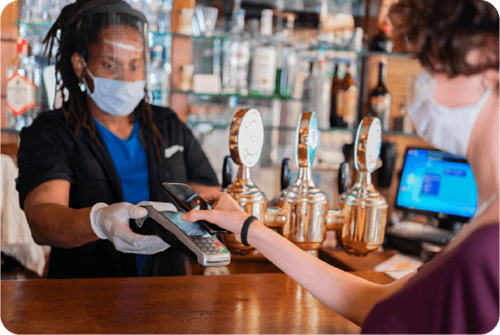
Myth 6 - My business is too small to accept contactless card payments
Reality
Until a few years ago, there weren’t many options available when starting to accept card payments. To get started, businesses needed to agree on prices with their acquiring bank.
Large stores and national chains were able to negotiate for low card acceptance rates. Independent retailers didn’t have the same bargaining power, meaning higher rates.
Often, this priced smaller businesses out of accepting cards altogether, relying on cash as their only payment option.
It’s all change in 2020.
Companies like Handepay do the negotiating on behalf of independent retailers, using our large customer base to arrange low-cost rates for all of our customers.
We make it affordable for retailers of all sizes to accept contactless card payments. All of our card terminals are contactless enabled as standard, plus we don’t charge many of the hidden fees you’d find elsewhere.
Debunking the myths around contactless payments can make accepting them seem like a no-brainer.
Want to get started? Find out how we make contactless payments simple.
Would you like
a callback?
FIND OUT MORE
Talk to an advisor today...

